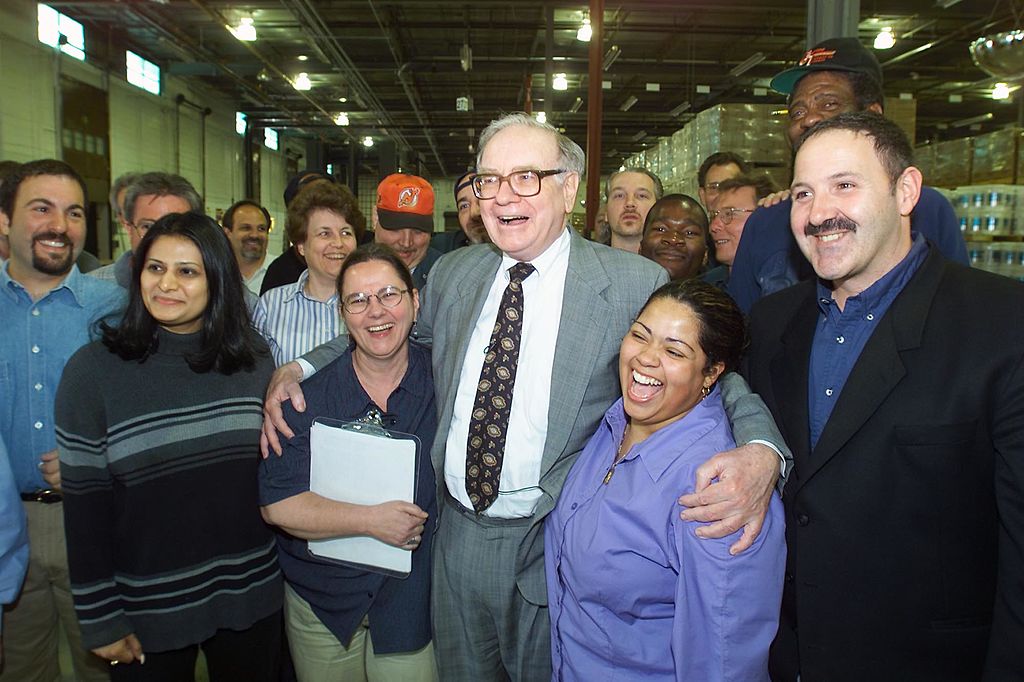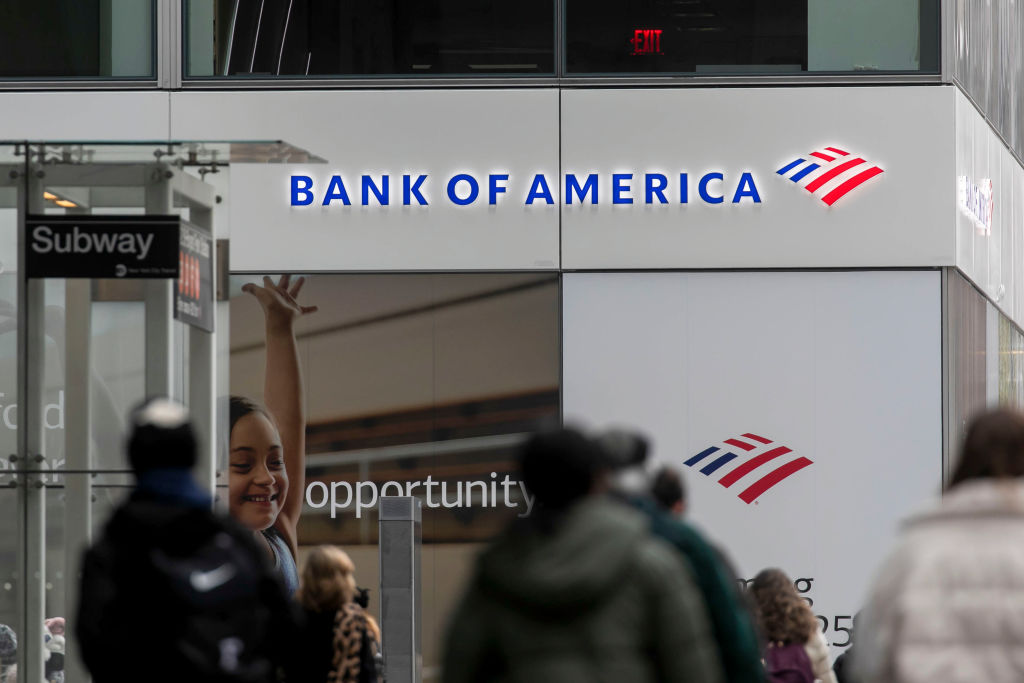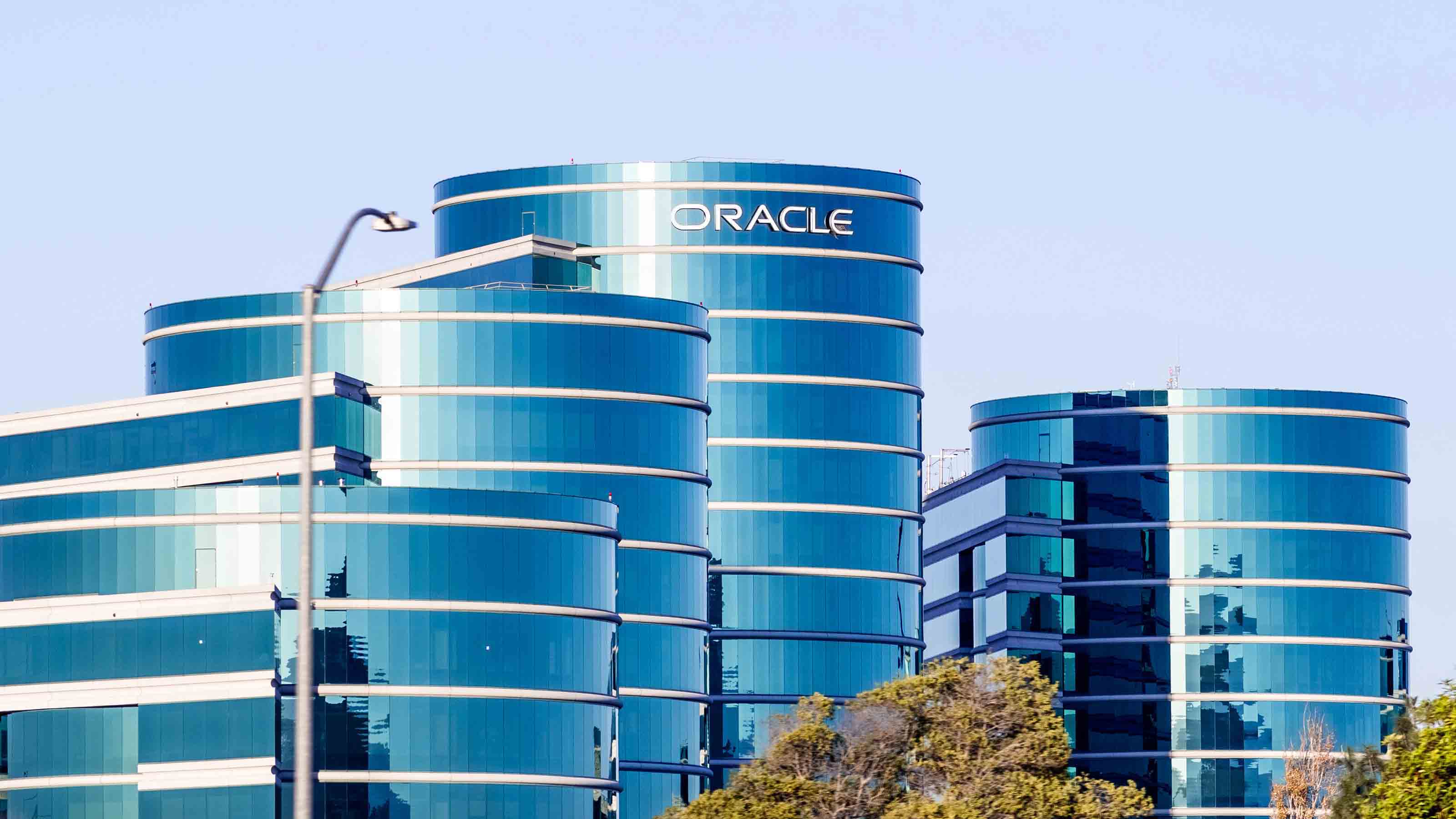Coca-Cola: A Safe Haven
The beverage maker's massive size and strong overseas sales make it a recession-resistant company in a weakening economy.
Who hasn't heard of Coca-Cola? The 122- year-old company created the world's most recognizable brand.
The beverage giant, under the leadership of legendary chief executive Roberto Goizueta, generated 16 years of impressive earnings growth from 1981 to 1997. Now the company is in the second leg of a comeback that has been bubbling for three years and is poised for a strong 2008.
It also is in a strong position to weather a downturn in the economy thanks to its girth, powerful brands and strong overseas sales.
From just $107.88 $24.99 for Kiplinger Personal Finance
Be a smarter, better informed investor.

Sign up for Kiplinger’s Free Newsletters
Profit and prosper with the best of expert advice on investing, taxes, retirement, personal finance and more - straight to your e-mail.
Profit and prosper with the best of expert advice - straight to your e-mail.
Coca-Cola fizzled from 1998 to 2003. To boost profits, the company relied primarily on its ability to raise the price of the syrups and concentrates it sells to a nearly captive audience of bottlers and fountain-drink sellers. Innovation waned, and consumers in the U.S. and Western Europe shifted their preferences away from sugary sodas to bottled water and energy drinks.
In 2004, the company lured veteran Coke executive Neville Isdell out of retirement to begin a turnaround. Isdell pushed Coke to expand its portfolio of branded beverages beyond carbonated soft drinks. The company developed new products, such as sugar-free Coke Zero, and acquired fast-growing beverage companies, such as Glaceau, maker of the popular beverage Vitaminwater.
Meanwhile, higher production costs forced Coke's ranks of bottlers to consolidate. Coke deals with the rising costs in commodities, such as sugar, oranges and high-fructose corn syrup, by jacking up the prices of the syrups and concentrates it sells to bottlers. That hurts profit margins for bottlers because they aren't able in a competitive beverage market to pass along all the price hikes to consumers.
The strategy has created some bad blood between the bottlers and Coke even as the company has generated growing sales and earnings.
Isdell will soon pass the reins to a new leader who plans to patch up strained relations with bottlers. Muhtar Kent, currently president and chief operating officer, who oversees bottler dealings for the company, will succeed Isdell as chief executive officer in July. Isdell will remain chairman until April 2009.
"Kent has the capacity to lead and provoke the cultural change that the company needs," says Credit Suisse analyst Carlos Laboy, who gives the stock (symbol KO) an "outperform" rating and has a target price of $68. The stock closed at $60.74 on January 18.
Kent aims to tweak the productivity of its operations and network of bottlers over the next three years. For example, Coke has moved operations to lower-cost areas. It has increased the number of employees at its Philippines production plants and plans to close one of its more-costly plants in Ireland.
And the company has committed $250 million to build low-cost bottling operations in India. Productivity initiatives can save up to $1 billion over the next three years, says UBS analyst Kaumil Gajrawala.
Coke also could come away with some gold at the 2008 Olympics. As a major sponsor, the company may experience the kind of bump in sales it had during its 2006 World Cup, Gajrawala says.
He estimates that Coke received a 5-cent-per-share earnings bump from sponsorship of the soccer tournament. Gajrawala anticipates a similar effect on earnings because of the Olympics.
The Olympic prospects, improved productivity and strong leadership are all good reasons to take another look at a well-known workhorse like Coca-Cola. But the company's shares also fit the profile of stocks we like in this tumultuous market for four reasons.
First, Coke is massive, with annual profits of $5 billion and a market value of $140.3 billion. Its size gives it the strength to stand up against a credit crunch and a possible U.S. recession.
Second, the company has strong overseas operations. More than 70% of the $31.1 billion sales that analysts expect the company to rake in this year are generated outside the U.S. That means that Coke benefits from the weak dollar.
Third, it is in a defensive industry. Consumers aren't going to stop drinking Diet Coke or Dasani bottled water just because the economy might be in a recession. Strong brands allow companies to raise prices to maintain profits margins, even in slowing economies.
Finally, Coke benefits from the rise in consumption by the growing middle class in emerging markets. Gajrawala says the company can use its footprint in Eastern Europe, the Middle East, Turkey, Russia and India to steadily gain market share from local beverage producers. He forecasts sales growth for 2008 in those emerging markets to be in the high single digits.
Dividends and share buybacks add some downside protection. The stock currently yields 2.2%. For the first three quarters of 2007, the company repurchased $1.6 billion of stock and intended to buy between $1.75 billion to $2 billion of shares for the full year. Share buybacks tend to boost the value of remaining shares and increase earnings per share. The company will report fourth quarter and 2007 results February 13.
Coke's stock has been on a roll and should continue its streak this year. The shares, which have gained 57% over the past two years, trade at 20 times the $3.01 per share that analysts expect the company to earn this year.
The stock of rival Pepsico (PEP), which is also a big player in snack foods, trades at 19 times estimated 2008 earnings. Gajrawala forecasts that Coke's earnings-per-share will grow 12% in 2008, compared with 6% earnings growth this year for the Standard & Poor's 500-stock index. He rates Coke a "buy" and has a target price of $73.
Profit and prosper with the best of Kiplinger's advice on investing, taxes, retirement, personal finance and much more. Delivered daily. Enter your email in the box and click Sign Me Up.
-
 A New Kind of HELOC Lets Homeowners Fund Remodels on Their Terms
A New Kind of HELOC Lets Homeowners Fund Remodels on Their TermsFinance home upgrades gradually, using the equity you already have.
-
 Ten Retirement Tax Plan Moves to Make Before December 31
Ten Retirement Tax Plan Moves to Make Before December 31Retirement Taxes Proactively reviewing your health coverage, RMDs, and IRAs can lower retirement taxes in 2025 and 2026. Here’s how.
-
 If You'd Put $1,000 Into Home Depot Stock 20 Years Ago, Here's What You'd Have Today
If You'd Put $1,000 Into Home Depot Stock 20 Years Ago, Here's What You'd Have TodayHome Depot stock has been a buy-and-hold banger for truly long-term investors.
-
 What the Rich Know About Investing That You Don't
What the Rich Know About Investing That You Don'tPeople like Warren Buffett become people like Warren Buffett by following basic rules and being disciplined. Here's how to accumulate real wealth.
-
 3M, GM, Blue Chips Lead to the Upside: Stock Market Today
3M, GM, Blue Chips Lead to the Upside: Stock Market TodayThe S&P 500 followed the Dow Jones Industrial Average into green territory, but the Nasdaq lagged the other indexes because of its tech exposure.
-
 If You'd Put $1,000 Into Bank of America Stock 20 Years Ago, Here's What You'd Have Today
If You'd Put $1,000 Into Bank of America Stock 20 Years Ago, Here's What You'd Have TodayBank of America stock has been a massive buy-and-hold bust.
-

 If You'd Put $1,000 Into Oracle Stock 20 Years Ago, Here's What You'd Have Today
If You'd Put $1,000 Into Oracle Stock 20 Years Ago, Here's What You'd Have TodayORCL Oracle stock has been an outstanding buy-and-hold bet for decades.
-
 How to Invest for Rising Data Integrity Risk
How to Invest for Rising Data Integrity RiskAmid a broad assault on venerable institutions, President Trump has targeted agencies responsible for data critical to markets. How should investors respond?
-
 If You'd Put $1,000 Into Sherwin-Williams Stock 20 Years Ago, Here's What You'd Have Today
If You'd Put $1,000 Into Sherwin-Williams Stock 20 Years Ago, Here's What You'd Have TodaySherwin-Williams stock has clobbered the broader market by a wide margin for a long time.
-
 If You'd Put $1,000 Into UnitedHealth Group Stock 20 Years Ago, Here's What You'd Have Today
If You'd Put $1,000 Into UnitedHealth Group Stock 20 Years Ago, Here's What You'd Have TodayUNH stock was a massive market beater for ages — until it wasn't.